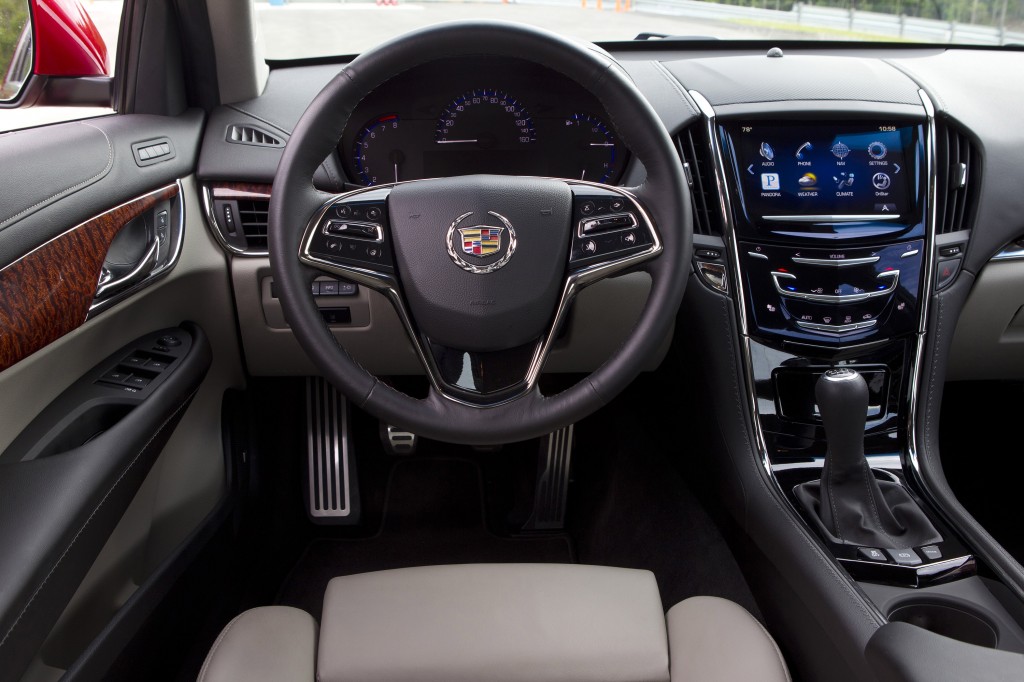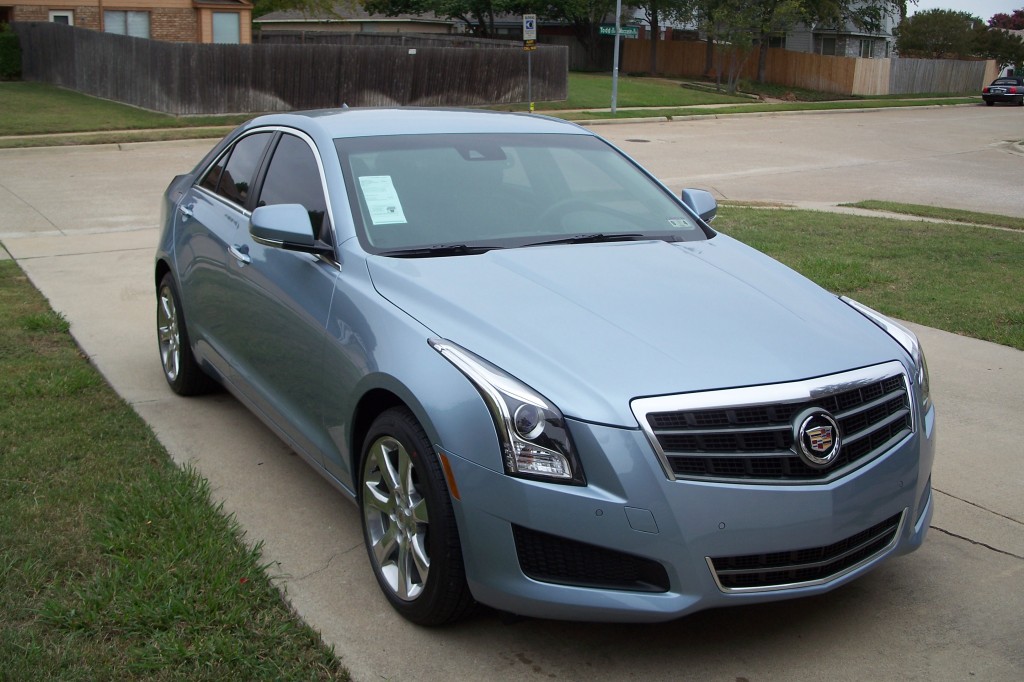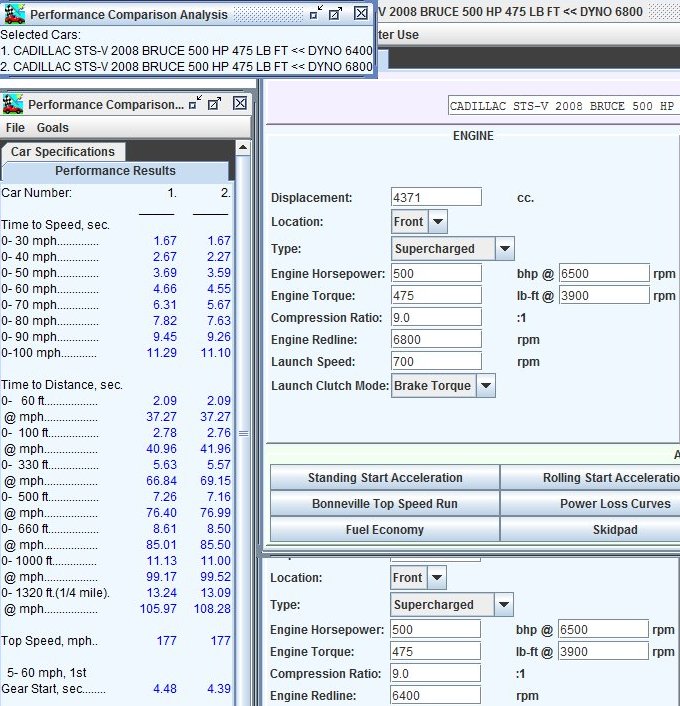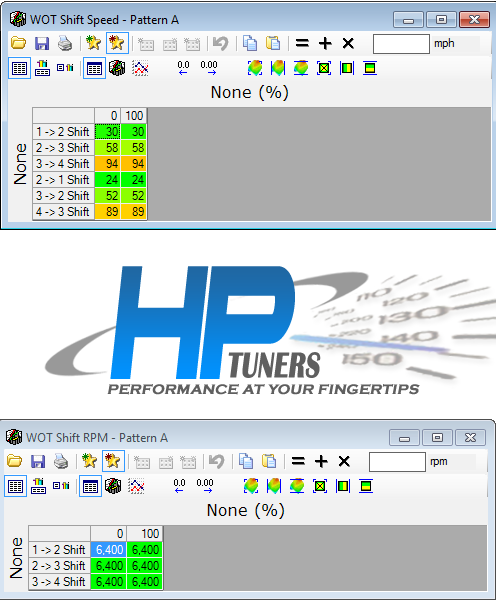The new Cadillac ATS is not winning comparison tests for acceleration. The 3.6L V6 with 321 hp will get the ATS from 0-60 in around 5.4 seconds, which is pretty quick. But some competitors can do better. The 2L Turbo, 272 hp ATS does 0-60 in under 6 seconds — Cadillac says 5.7 seconds. Again, competitors for the 2L are quicker.
No one who writes for a magazine, newspaper, or website seems to like CUE (Cadillac User Experience), except perhaps me. Cadillac designed the interface to be just like your tablet or phone, so you can squeeze this and swipe that. CUE is not instantly responsive in all cases though, so that makes it something to criticize. Okay.
Yet the magazine writers keep concluding that the Cadillac ATS is more fun to drive than competitors. Let’s think about that for a minute.
The Cadillac ATS is MORE FUN than a BMW, or a Lexus, or a Mercedes, or an Audi. You know an even more interesting thing? I have read more than one V-Series owner suggest an ATS with a manual transmission was as MUCH fun if not more fun than their CTS-V!
Isn’t MORE FUN the most important thing you want in a luxury sports sedan?
Here’s my suggestion for Cadillac’s new Ad campaign:
Cadillac ATS — It’s Fun to Drive. It’s Fun to Own.
Go Buy a Cadillac ATS and have FUN!






